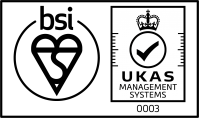The LED lighting industry is awash with confusing jargon and abbreviations. Here’s four for starters:- L70, LM79, LM80, TM21. So what do they mean?
L70 is simply a measure of the time taken for a light source to degrade to 70% of its original output. It is usually measured in hours and usually refers to degradation of total light output ie lumens. As in “my new LED L70 is 123hours” (not a good result, must try harder).
LM79, more properly referred to as “LM-79-08” is a Test Method authored by the Illuminating Engineering Society of North America (IESNA) titled “Approved Method: Electrical and Photometric Measurements of Solid-State Lighting Products”. This essentially defines a set of methodologies for laboratory testing of solid state luminaires and other light sources.
LM80, more properly referred to as “LM-80-08” is also a Test Method authored by the IESNA. It is titled “Approved Method: Measuring Lumen Maintenance of LED Light Sources”. In contrast to LM79 this defines a test method for long-term life testing of component-level LED devices.
LM80 is not much use on its own and does not of itself define how to extrapolate lab-measured LED lifetime test data to enable future lifetime prediction. That’s where TM21 comes in. Full name “TM-21-11”, titled “Projecting Long Term Lumen Maintenance of LED Light Sources”, TM21 details how to extrapolate short-term LED component test data to predict future performance.


